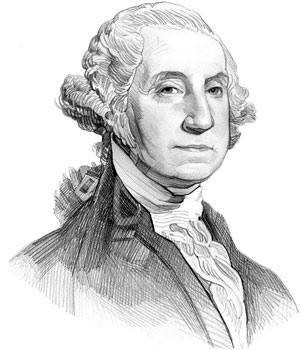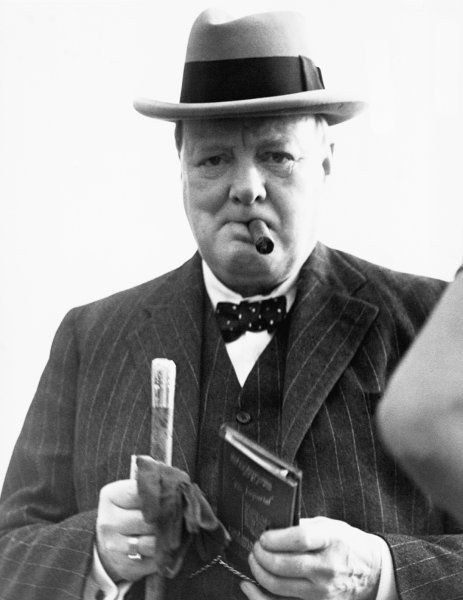* The original version of this article has already been published in my medium account, collaborating with uxdesign.cc channel.
If you are a product designer or part of a design or product team, you may have experienced at least one of these situations with your team:
- You delivered a great clickable prototype and made a pixel perfect design, but when the product was released, it was far different from what you designed.
- You’ve been working hard with your team to do some user research, but you’ve been told that there is no budget for that.
- You proposed a great idea to your team, but an engineer said “I don’t like it!”. When you asked “Why?”, he/she answers “I’m wouldn’t use it!”.
- You are continuously getting challenged by developers, product managers, and other stakeholders that your proposal is out of the scope.
- You discovered a huge user pain point in a project, but you’ve been told “That’s not in the priority”, and when you insisted on your opinion, that became an instant drama…
- You’ve just left a grooming/planning meeting and you feel disappointed about the final decisions made.
There are a lot more similar stories. If you’ve been in any of these situations, don’t worry because you are not alone. You barely find a designer in the tech industry who hasn’t experienced challenges like these before, and the good news is, they all survived. Sometime you can get these issues resolved quickly and sometimes based on your team’s culture and your experience, it may take longer. Let’s go over a story of mine and see how we can solve this issue forever with a political approach.
Story
It was more two years ago when I started working at my last job. For almost 18 years they used to follow waterfall product development methodology and in the beginning of my career at that company we were at our transition to Agile methodology. There was a lot of process related issues at that time and some of the higher managers were still approaching the scrum teams with some new unpolished ideas. Engineers, designers and all other employees usually were not happy about the project that they were working on. There was also a huge gap between what we (as designers) were designing and what was being implemented.
We had a huge problem. We were calling ourselves Agile teams but in action what we were doing was not a recurring process. An idea was being pushed to a team, they were supposed to work on it for a limited time and then there was no follow up on that because, there is always a “new idea” there for you to do! It was very frustrating for the designers and over time for developers too, since we could not see any value in what we were building and we believed it was not solving a users problems. What we had actually accepted about Agile was to release on cycles and to have limited “budgets”.
While we (design team members) were facing these problems, we also had to figure out how to approach engineers and product managers. The whole situation already had made them frustrated and on top of that, they were always feeling that the design ideas are being dressing over those ideas that they did not even agree on the basics of them. As a result of these frustrations, there was not much trust within team members.
Solution
Here is how we, as design team members, brought a solution to the table to solve this issue. I’m calling this a political solution because I believe in these cases you need to make sure that your solution is supporting your executive team concerns, your team members and your users. It’s tough to have a balanced solution that is a win-win for all these groups, but here are some of the actions we took to create a happier place to work and have increased efficiency in our product development, which eventually also made our users happier too:
1- No more high-fidelity mock ups

Great political leaders are those who have a vision and they keep to that vision in all they do. For designers, that vision should live in their UI guidelines and not in their high-fidelity mock ups. If you create a good UI guideline, you don’t need to worry about the lack of high-fidelity mock ups. Based on this approach, we decided to always start with the problem, help our team to discover the problem, and we as designers don’t need to design a high-fidelity mock up any more.
In all steps of your designing sessions and wireframing you should keep your vision of the product, you shouldn’t let that to become something that is not your brand, but something that has a vision planned for future growth. In this scenario we are supposed to help everyone in a team to become a designer. Allow everyone to have a good understanding of the problem and come up with solution and then design as a community.
In summary, I would actually refer to Simon Sinek’s Ted Talk, he explains how great leaders inspire action and notes that they always start to answer “Why?” and sell their belief, not their solution. As we see, this is a political action, when you let your team, your managers and your user to know better “Why” you are doing it, you will have a solid structure to build over that. No high-fidelity mock up technique allows you to be a better listener, it enables you to get higher acceptance among engineers and it gives you a great empathy level with all stakeholders involved in your projects.
2- Empathize

For sure every political leader that you see in the history of politics, has a high level of understanding about people’s concerns. They know about people’s pain point and probably themselves have been a victim of a wrong social behavior/decision. In other words they have compassion with people around them and this compassion allows them to make decisions that are life changer for everyone. For designers, empathy sessions helps them to connect not only with their users, but with their co-workers and hear the empathetic conversations from them as well. That also gives everyone the power of participating in knowing the user problem, so the issue that looks like a problem to you, will be synced with issues that feel like problems to your peers too and that’s the best place to start campaigning against those problem. Empathy mapping sessions enables your team to take a break and look at what they create from the outsider views and that’s the moment that you, as designer, should take advantage of, take notes, write thoughts on post-it notes and make it even more visible for everyone in the room, because your are a politician now!
3- Be flexible

This is a very important feature if you want to make a great political leader. Flexible leaders have that wisdom that allows them to adapt to the situation, while they still have their goals in front of their eyes. As a designer in your team you need to be flexible. There are a lot of situations that doesn’t feel pixel perfect to you, but you should consider between the effort that your team has to put to fix that issue. Also be flexible about your design ideas, keep that in mind that if you want to be political, you should start all of your design at least with one of your scrum team members. When designing with your team members, be flexible about what they see as a better design, try that right there on a whiteboard or piece of a paper, and then decide together to see if that could be a better idea or not. Your level of flexibility proves how great of a designer and a great listener you are for your team and your firm. This approach allows you to have everyone involved in the process and when they are involved you will earn more trust with your team and that’s what every designer needs to be effective.
4- Go lean

Great political leaders don’t believe in big bang changes because they know another big bang can destroy what they built. They have such a powerful soul that is enabling them to believe in their vision and plan slightly to get to that step by step. Great political leaders don’t rush, they go lean and try to solve problems one by one because they know people need time to digest what leaders believe in. You should also be lean with your team, try lean UX practices with your team and come up with solutions one by one. When hearing a user feedback let everyone digest it and help your team members to see the problem that you’ve noticed, then you have already helped them catch up with your soul. This is a smooth way to go that never loses.
Have a question about something in this article? You can receive help directly from the article author. Sign up for a free trial to get started.

Comments (0)